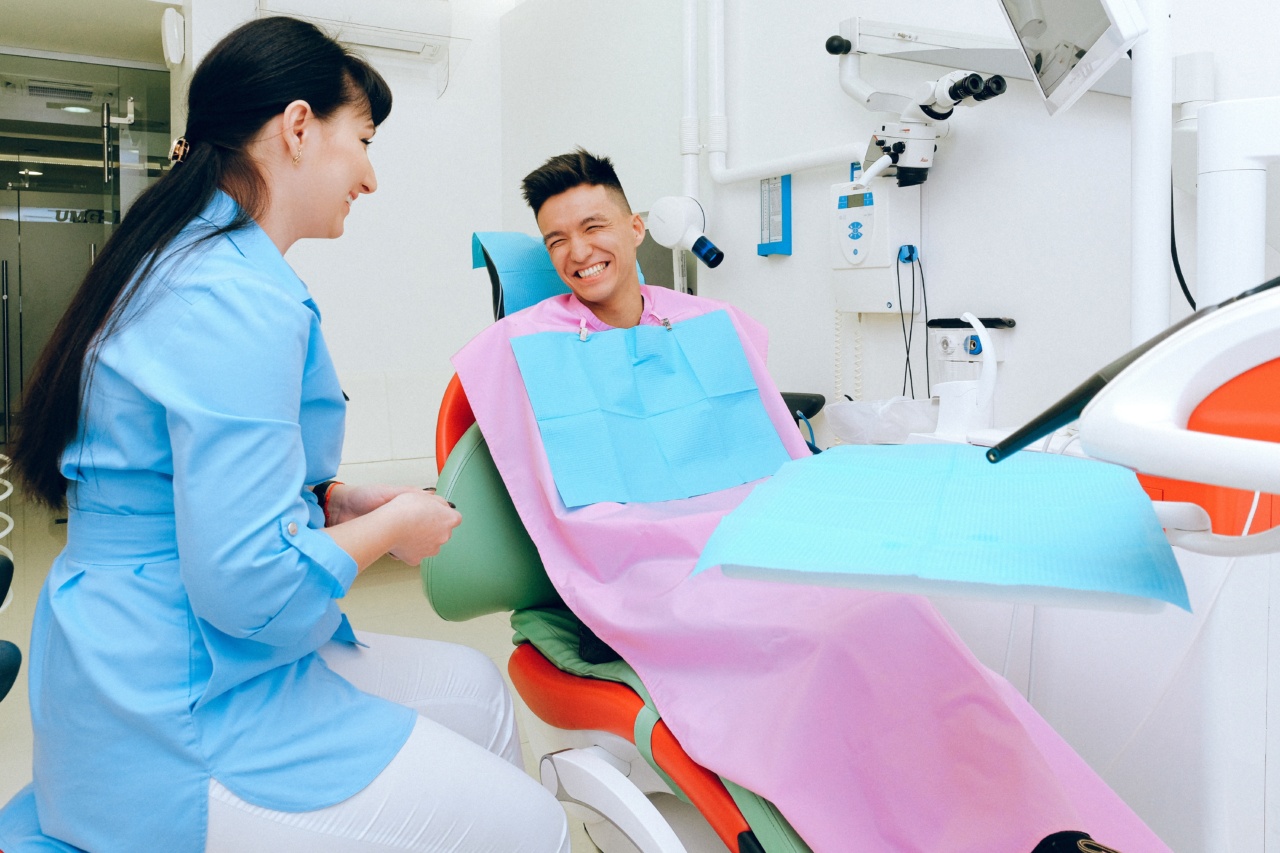The prostate gland is an essential part of the male reproductive system, responsible for producing and secreting seminal fluid.
As men age, the prostate can undergo various changes, leading to potential health issues such as prostate enlargement, inflammation, and even cancer. However, by adopting certain lifestyle habits and seeking regular medical check-ups, men can take proactive steps to maintain a healthy prostate.
In this article, we will provide professional advice on maintaining a healthy prostate and reducing the risk of prostate-related illnesses.
Eat a Prostate-Healthy Diet
Diet plays a crucial role in prostate health. Including a variety of nutrient-rich foods in your daily meals can provide the necessary vitamins, minerals, and antioxidants to support a healthy prostate. Here are some dietary recommendations to consider:.
1. Increase Fruit and Vegetable Intake
Fruits and vegetables are packed with antioxidants that help protect against cellular damage and reduce the risk of prostate problems.
Aim for at least five servings of fruits and vegetables each day, including dark, leafy greens, berries, citrus fruits, tomatoes, and cruciferous vegetables like broccoli and cauliflower.
2. Choose Healthy Fats
Opt for healthy fats, such as those found in avocados, nuts, seeds, and fatty fish like salmon. These sources of omega-3 fatty acids have anti-inflammatory properties that may help reduce the risk of prostate inflammation.
3. Limit Red Meat and Dairy
Red meat and high-fat dairy products have been associated with an increased risk of prostate problems. Try to limit your consumption of these foods and opt for lean protein sources like poultry, fish, and plant-based alternatives.
Exercise Regularly
Regular physical activity not only benefits overall health but also plays a vital role in prostate health. Engaging in moderate to vigorous exercise for at least 150 minutes per week has been linked to a reduced risk of prostate-related conditions.
Consider the following exercises:.
1. Cardiovascular Exercises
Activities like brisk walking, jogging, cycling, swimming, and dancing help improve cardiovascular health, maintain a healthy weight, and reduce the risk of prostate problems.
Aim for at least 30 minutes of cardiovascular exercise most days of the week.
2. Strength Training
Incorporating strength training exercises into your routine helps build and maintain muscle mass, which can support prostate health. Include exercises such as weightlifting, resistance band workouts, or bodyweight exercises at least two days a week.
Maintain a Healthy Weight
Excess weight, especially around the waistline, has been associated with a higher risk of prostate-related issues. Adopting healthy habits to achieve and maintain a healthy weight is essential. Consider the following tips:.
1. Portion Control
Avoid oversized portions and practice mindful eating. Use smaller plates and bowls to help control portion sizes and avoid overeating.
2. Balanced Caloric Intake
Aim for a balanced diet that includes appropriate calorie intake. Consult with a registered dietitian or nutritionist to determine your daily caloric needs and make dietary adjustments accordingly.
3. Regular Monitoring
Monitor your weight regularly and make adjustments as necessary. Regularly measuring your waist circumference can provide insight into excessive abdominal fat accumulation, which is linked to prostate health issues.
Get Regular Prostate Screenings
Regular check-ups and screenings are essential for early detection and prevention of prostate problems. Consult with your healthcare provider to determine when to start prostate cancer screenings and how frequently to repeat them.
1. Prostate-Specific Antigen (PSA) Test
The PSA test measures the levels of a protein produced by the prostate gland in the blood. Elevated PSA levels can indicate potential prostate issues, including inflammation or cancer.
Discuss with your doctor about when to start PSA testing and the appropriate frequency based on your risk factors.
2. Digital Rectal Exam (DRE)
A DRE involves a physician manually examining the prostate gland by inserting a gloved and lubricated finger into the rectum. This exam helps detect any abnormalities, such as lumps or an enlarged prostate.
Your doctor will recommend the appropriate timing and frequency for DRE based on your individual risk factors.
Reduce Stress and Practice Relaxation Techniques
Chronic stress can negatively impact overall health, including prostate health. Reducing stress levels and practicing relaxation techniques can contribute to maintaining a healthy prostate.
1. Meditation and Deep Breathing
Engage in daily meditation or deep breathing exercises to promote relaxation and reduce stress. Find a quiet space, sit comfortably, and focus on your breath, inhaling deeply and exhaling slowly.
Regular practice can help manage stress levels effectively.
2. Engage in Stress-Reducing Activities
Find activities you enjoy that help you unwind and relax. This may include hobbies, spending time in nature, practicing yoga, or listening to calming music. Schedule regular time for these activities to prioritize stress reduction.
Conclusion
Maintaining a healthy prostate is crucial for overall well-being and quality of life.
By following a prostate-healthy diet, engaging in regular exercise, maintaining a healthy weight, getting regular screenings, and managing stress levels, men can take proactive steps toward supporting their prostate health. Remember to consult with healthcare professionals for personalized advice and guidance related to your individual needs and risk factors.






























